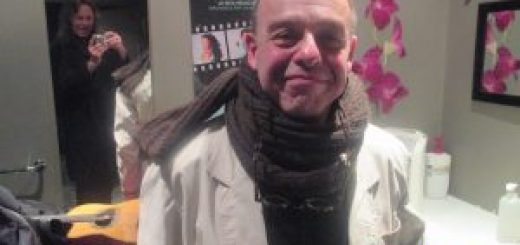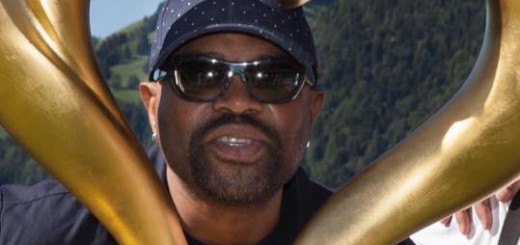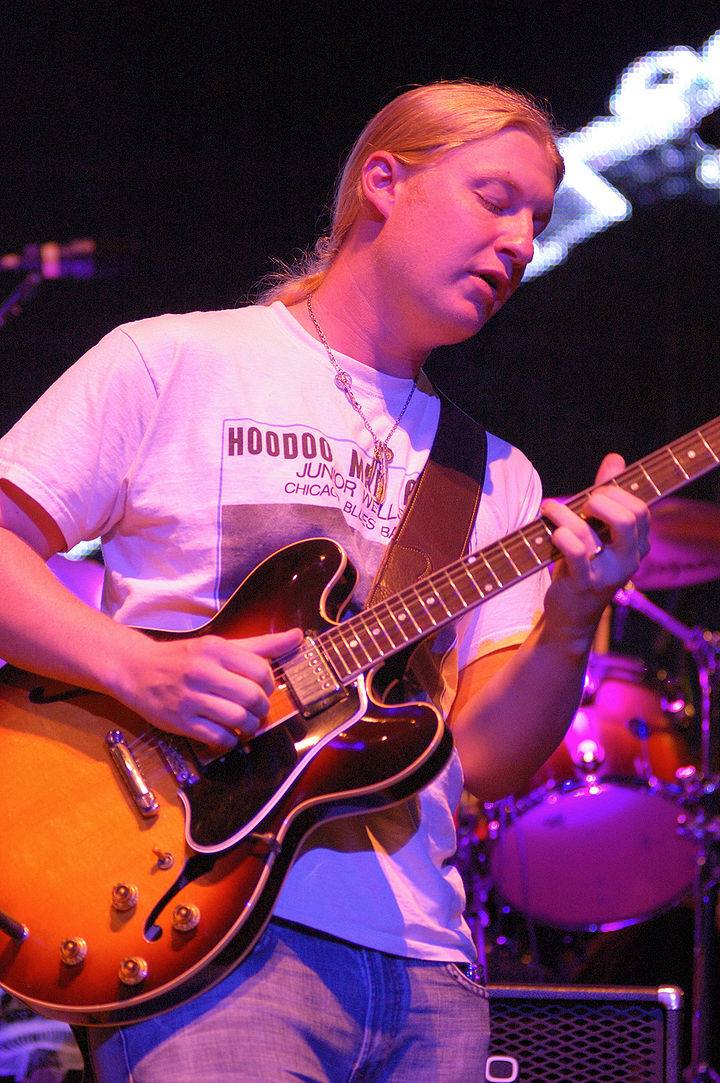For more than 40 years, eminent composer/arranger/pianist Antonio Adolfo has been committed to exploring the full scope of Brazilian music from a jazz perspective. His latest endeavor,
Rio, Choro, Jazzvividly demonstrates how an extraordinary artistic achievement can also be an edifying educational experience.On this CD, his sixth for AAM Music, Antonio brings the work of the outstanding seminal Brazilian composer Ernesto Nazareth to a 21
st Century audience. In doing so, he also offers an enthralling discourse in the
Choro, a unique Brazilian style. Evolving in the latter part of the 19
th Century,
Choro combined a variety of European dance forms with the strong African influence already in place in Brazil, particularly with the rhythms of the Afro-Brazilian
Lundu. Utilizing European instruments that were also housed in Rio – including pianos and various types of guitars – the
Choro was born.The bolder pianists, primarily classical-trained, began to experiment with this form. Foremost among them was Ernesto Nazareth, who combined his classical training (particularly in Chopin) with his interest in the
Lunduand the emerging American Ragtime form. Nazareth, Pixinguinha and Jobim are considered Brazil’s greatest and most influential composers of popular music.
Rio, Choro, Jazz features nine of the prolific composer’s works – a diverse array of compositions spanning the years 1881-1912 – along with one original by Antonio. The core quintet is culled from the same perfectly synergized group of brilliant musicians who made Antonio’s previous AAM CD,
Finas Misturasso highly acclaimed – Claudio Spiewak on guitars, Jorge Helder on double bass, flautist and soprano saxophonist Marcelo Martins, Rafael Barata on drums and percussion, and Antonio on piano. A major addition is percussionist Marcos Suzano whose precision and richness of timbres combines wonderfully with Barata’s free and subtle Brazilian jazz mastery. A special flavor is added by Rick Ferreira and Bob Whitlock, who play banjos on one track.The interplay among the musicians is stunning, seamlessly moving between Antonio’s impeccably crafted arrangements and the improvised sections so perfectly that it’s virtually impossible to discern where one ends and the other begins. The individual solos are always succinct, lyrical and totally in the music, always contributing to the whole without ever calling attention to themselves for their own sake – despite the virtuosity of the soloists. They simply add layer upon layer to the distinctive tale that each piece tells.The music covers a wide palette of contexts and moods. Despite this – and the many years over which the pieces were composed – there is a clearly defined narrative flow, programmed perfectly to express Antonio’s artistic vision. His title composition
Rio Choro Jazz opens the album. Lilting, lyrical and infectious, it provides a synthesis of the
Choroform, serving almost as an overture for what is to come.The earliest piece is from 1881 –
Não Caio Noutra (
Better Next Time), a jubilant romp in a Joplin-esque Ragtime mode with twin banjos fueling the old-timey feel. But the mood zooms ahead during the vibrant soprano, piano and bass solos, conveying a samba jazz-type of energy before a spirited trade of fours with Barata leads back to the Ragtime exit.Another very modern sensibility is blended into
Fon-Fon, from 1913. Opening with a highly atmospheric pastiche in a samba-ish groove that implies an entirely different direction, the ensuing melodic structure suggests an aura of Eubie Blake. Evolving into an open feeling, the tone is set for a tension-filled piano solo and a sinuously lyrical flute turn before retracing its steps out.A fascinating story is told in
Tenebroso (Tenebrous, or
Mysterious) also from 1913. The initial strains convey the feeling of Miles’
In a Silent Way, with fiery percussion, airy piano and soprano colorations over pulsing bass. The brisk melodic line by bassist Helder launches an acoustic foray by Spiewak, and Martins continues the Miles vibe with a fluid solo in Wayne Shorter-ish dazzle. It concludes with an explosive climax of collective improvisation at its finest.
Feitiço (Enchantment) from 1897 lives up to its name. One can hear the Chopin influence in the opening lines and at various times throughout the jaunty, playful piece, built on the rhythms of the pandeiro – the percussion instrument most typical of the Choro style. Solos by acoustic guitar, piano and flute are stoked by Helder’s deeply wooded bass.
Sheer beauty is the theme for two other pieces. Coração Que Sente (Sensitive Heart) from 1903 is a beautiful waltz, deeply evocative with a rubato feel. You could easily imagine Billie Holiday singing this with Teddy Wilson providing the pillow beneath her. Here Martins’ sensitive flute playing and Antonio’s filigree piano stylings provide the serenely tender interpretation, with bass and drums bringing a sensitivity that visits the territory of Bill Evans’ trio. Nenê (Baby) from 1895 is a bit more sprightly, but still quite genteel and touching, stated in loving terms by Antonio’s soothing lyricism and Martins’ warmly resonant flute. Contemporary chords are added to open the exploratory zone for the piano and flute solos without remotely detracting from the essence of gentility.
Brejeiro (Bucolic) from 1893 is a lovely, wistful piece and one of the composer’s most popular songs. Tranquil, yet infectiously rhythmic, the piece is further enhanced by an inventive electric guitar solo by Spiewak, imaginative Adolfo, and Martins’ impassioned flute – all brewed over Helder’s bass, swirling under and around like a warm mist.
Cuéra (Valiant) from 1912 is an energetic sizzler with flute and piano trading off the brightly syncopated melody. Vibrant rhythm and a powerful ostinato bass vamp create an ideal setting for scintillating solos by flute, piano and acoustic guitar. A little less explosive but still deliciously smoking, 1909’s Odeon brings this exceptional album to a joyous conclusion. Another very popular Nazareth song, this piece clearly displays the sheer jubilation that these musicians feel when playing together.
There is another important lesson taught by Antonio Adolfo here – and that is the profound Truth of the timelessness of music. Although all of Ernesto Nazareth’s compositions on this album were written more than 100 years ago, Antonio has forged them into a modern-day masterpiece that is totally of the moment.
For Antonio’s extensive and detailed information about the music on this CD and the Choro form, visit http://www.antonioadolfomusic.com/html/about.php?psi=37
And for more information about Antonio and AAM Music, visit www.antonioadolfomusic.com and www.aammusic.com




 FRIDAY, AUGUST 1 / FORT ADAMS LINEUP
FRIDAY, AUGUST 1 / FORT ADAMS LINEUP  align=”right”>The celebration will continue
align=”right”>The celebration will continue








 Sol Yaged
Sol Yaged Bob Arkin
Bob Arkin



